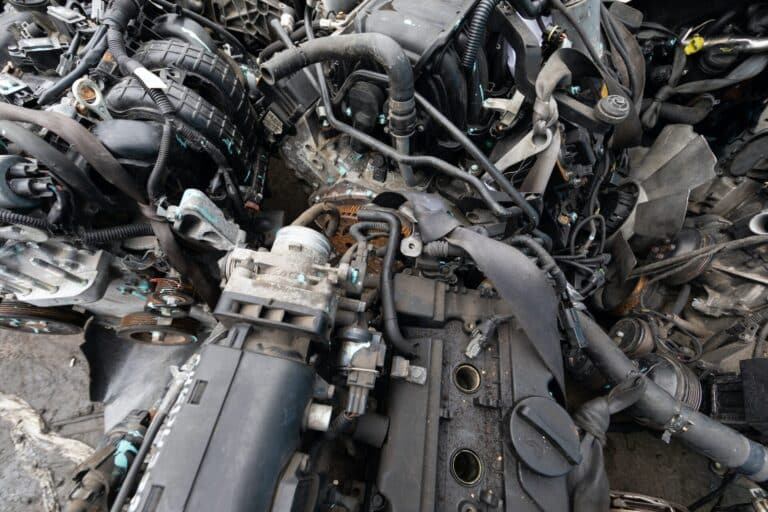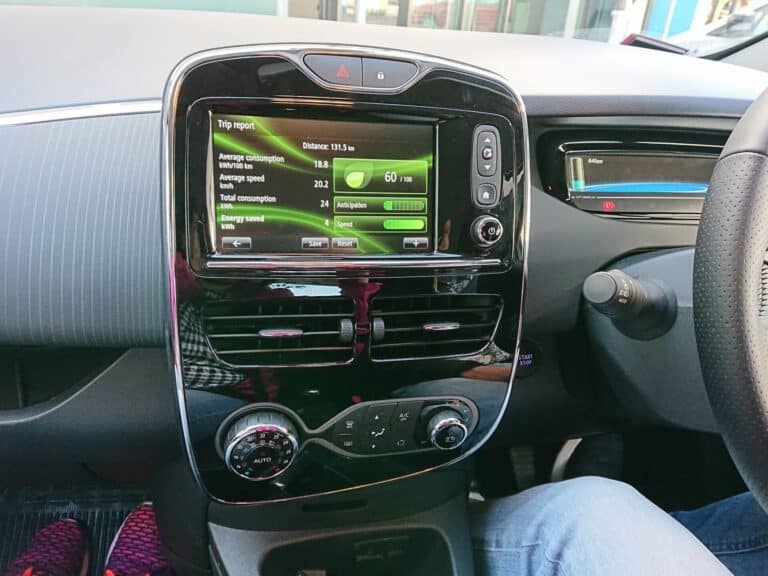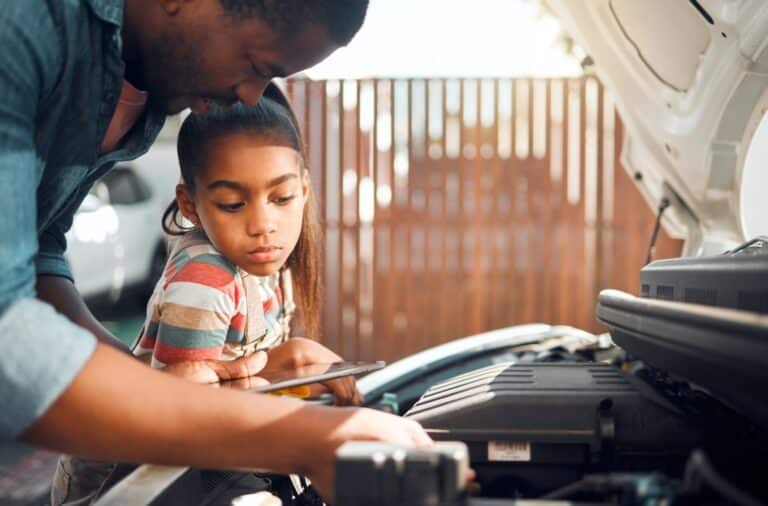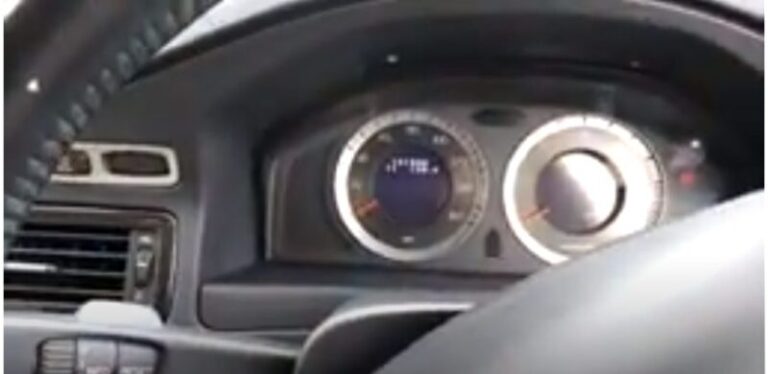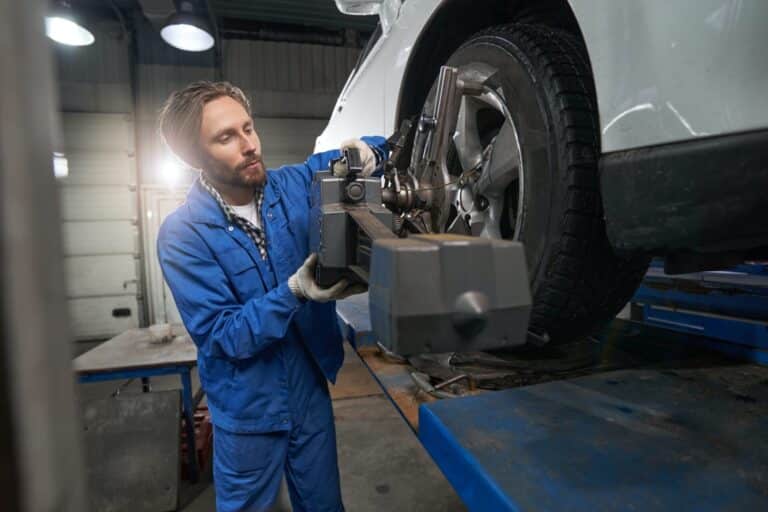4.7 to 5.7 Hemi Swap (Things You Must Know)
Engine swaps are widespread aspects of car tuning culture entailing the replacement of a vehicle’s original engine with another.
You may replace a car’s factory-installed engine with another for better performance and/or availability of spare parts, facilitating easy maintenance.
Let’s review the common 4.7L V8 PowerTech to 5.7L Hemi engine swap.
The 5.7L Hemi engine offers more combustion efficiency and horsepower than the 4.7L engine. This reason, coupled with the discontinuance of the 4.7, prompts vehicle owners to swap their 4.7 for a 5.7L Hemi. However, swapping a 4.7 for a 5.7 Hemi requires the correct equipment and technical know-how.
4.7 to 5.7 Hemi Swap: What Do You Need?
There are requirements for a 4.7 to 5.7 Hemi swap to ensure you get the process right.
These necessities include the following:
- The Right Car: The receiving vehicle must be adequately tuned to have a 5.7 Hemi seated in its hood.
- A 5.7 Hemi engine: To replace your 4.7 engine with a 5.7 engine, you will need to have a 5.7 engine, of course.
- Fabrication and Mounting: since the 5.7 is a non-factory option to the 4.7, a lot of modification will go into the swap.
- Custom drivetrain and axles
- Fuel System: some of the components of the fuel system will be modified when swapping from 4.7 to 5.7 engines.
- Cooling systems: the radiator may remain, but you must modify the radiator hoses and heater hoses.
- A/C and power steering
- Exhaust and intake
4.7 to 5.7 Conversion: Replacing the 4.7 With a 5.7 Hemi
Car owners replace the 4.7 engines in their vehicles with 5.7 Hemi engines because of the numerous advantages this modification offers.
If you consider swapping your 4.7 with a 5.7, you must have a good idea of the benefits of doing so.
The following are the advantages and the reasons why automobile owners take on the 4.7 to 5.7 conversion:
#1. Efficiency and Power
The 5.7 Hemi, like other Hemi engines, is designed to minimize heat loss.
The conservation of energy results in greater combustion efficiency in the 5.7 engine than in the 4.7 engine.
The 5.7 Hemi being more efficient, will, of course, perform better than the 4.7 engine.
The 5.7 Hemi engine is way above the 4.7 engine in horsepower and torque.
The 5.7 boasts a 395-horsepower and 410lb torque compared to the 310-horsepower and 334lb torque of the 4.7.
These make the 5.7 more powerful than the 4.7, especially in towing capabilities.
Vehicle owners who want more from their vehicles in terms of power will opt for an engine swap.
For example, if the vehicle comes equipped with 4.7 engines, the most likely replacements will be 5.7 Hemi engines.
#2. Availability of Spare Parts and Maintenance
Chrysler has discontinued the 4.7 PowerTech engines in their vehicles since 2013.
The implication of this discontinuance is the scarcity of the engines’ parts. In turn, this makes engine repair and maintenance difficult.
The parts have to be readily available for easy maintenance of vehicle engines.
Unavailability of 4.7 Hemi parts prompts swaps from 4.7 engines to 5.7 engines which are still in production and their parts available.
Cutting Cost
Some people prefer a 5.7 Hemi engine to the 4.7 engine sitting in the hood of their vehicles.
You’ll agree that an engine swap is a less expensive way to achieve this than buying a whole new vehicle.
Even though engine swapping is expensive, it is cheaper than purchasing another vehicle with the desired engine.
Engine Swap 4.7 to 5.7: How to Swap 4.7 to 5.7 Engine
Swapping engines in vehicles is usually complicated, especially for first-timers.
Swapping 4.7 to 5.7 engines may differ from vehicle to vehicle, but the general procedure is the same.
If the requirements for the swap are available, follow the steps below to swap from 4.7 to 5.7 engines:
#1. Removing the 4.7 Engine
- Remove the hood to be able to access the engine connections and bolts.
- Drain the engine oil and coolant from the engine.
- Disconnect coolant lines, intake, and exhaust
- Detach the wiring attached to the engine, taking great care not to damage the wires.
- Disconnect the transmission from the engine.
- Unbolt the engine from the motor mount
- Lower or raise the engine from the engine compartment.
#2. Installing the 5.7 Hemi Engine
- Inspect the engine to ensure that its accessories are complete. Some components may be the same as those of the 4.7, while others vary.
- Raise or lower the engine into the engine compartment.
- Secure the engine in place with the motor mount.
- Connect the transmission to the engine.
#3. Connecting the 5.7 Hemi Engine
- Fix the wiring harness of the engine. You must take extreme care as wrong wiring will adversely affect the engine.
- Reconnect the intake, exhaust, and coolant lines.
- Double-check the connections to ensure you have fixed everything properly.
- Fill the engine with coolant and engine oil to the appropriate level.
- Fix the hood.
As noted earlier, this is a general procedure for swapping engines.
Depending on your vehicle’s make, rather than the engine type, you may have to make some modifications.
These modifications include fabrications to create more space for the new engine if the available space is insufficient.
Cons of a 4.7 to 5.7 Hemi Swap
While a 4.7 to 5.7 conversion is beneficial, some factors may discourage you from undertaking it.
The following are the cons associated with replacing the 4.7 engine in your vehicle with a 5.7 Hemi engine:
#1. Expensive
Replacing automobile parts is usually expensive. For example, replacing an engine with another one that is not of its kind will take a toll on your wallet.
You will have to replace some things under your hood while replacing a 4.7 engine with a 5.7 engine.
The cost of these things, together with the engine, is sure to cost you thousands of dollars.
In addition, if you have it done by a mechanic, you will have to pay extra for labor.
#2. Difficult and Risky
A 4.7 to 5.7 Hemi swap is not a like-for-like exchange. Thus, it requires some modifications for the 5.7 to fit.
This modification requires a lot of work and money, and for non-professionals, it is a considerably difficult task to undertake.
In addition, a 4.7 to 5.7 swap could go wrong without the right tools and knowledge.
#3. Re-Registration of Vehicle
If you swap your engine, you’d have changed the specifications of the vehicle that you tendered while registering it.
Therefore, you may have to re-register it depending on the regulations of the area you live in.
you must check if you have to re-register the car so as not to run into trouble.
4.7 to 5.7 engine swap what you need
Final Thoughts
The advantages of the 5.7 engine over the 4.7 engine have spurred many vehicle owners into 4.7 to 5.7 swaps.
One can carry out this conversion with the necessary equipment, although it is better left to professionals.
Because the procedure is quite complicated, and the chances of getting it wrong are high.

